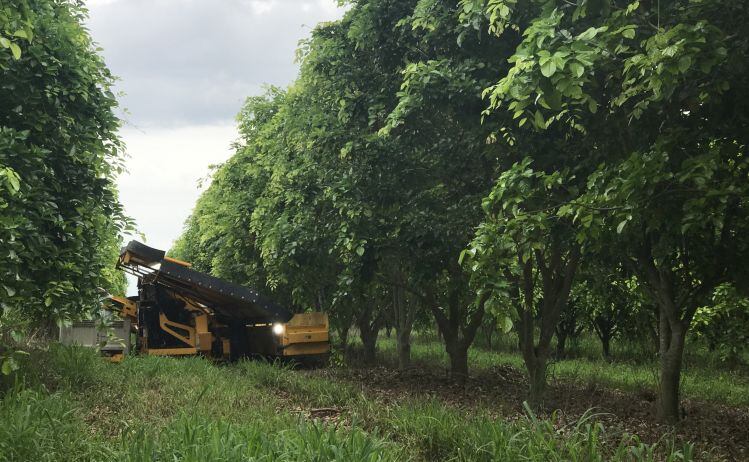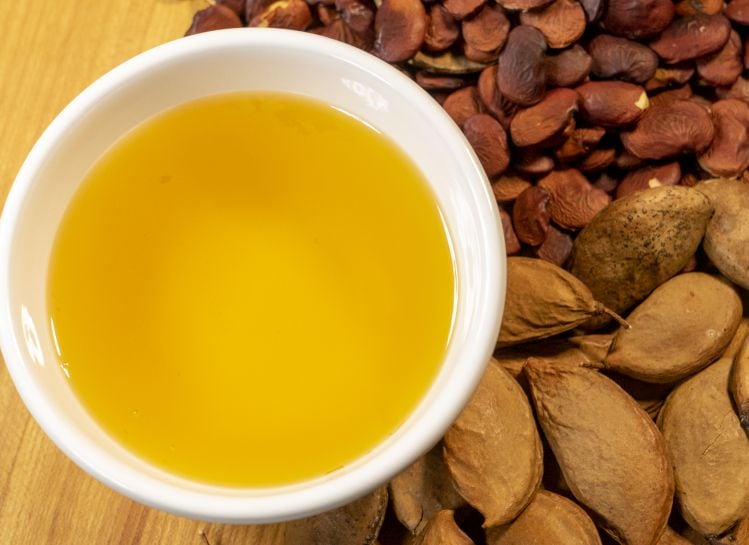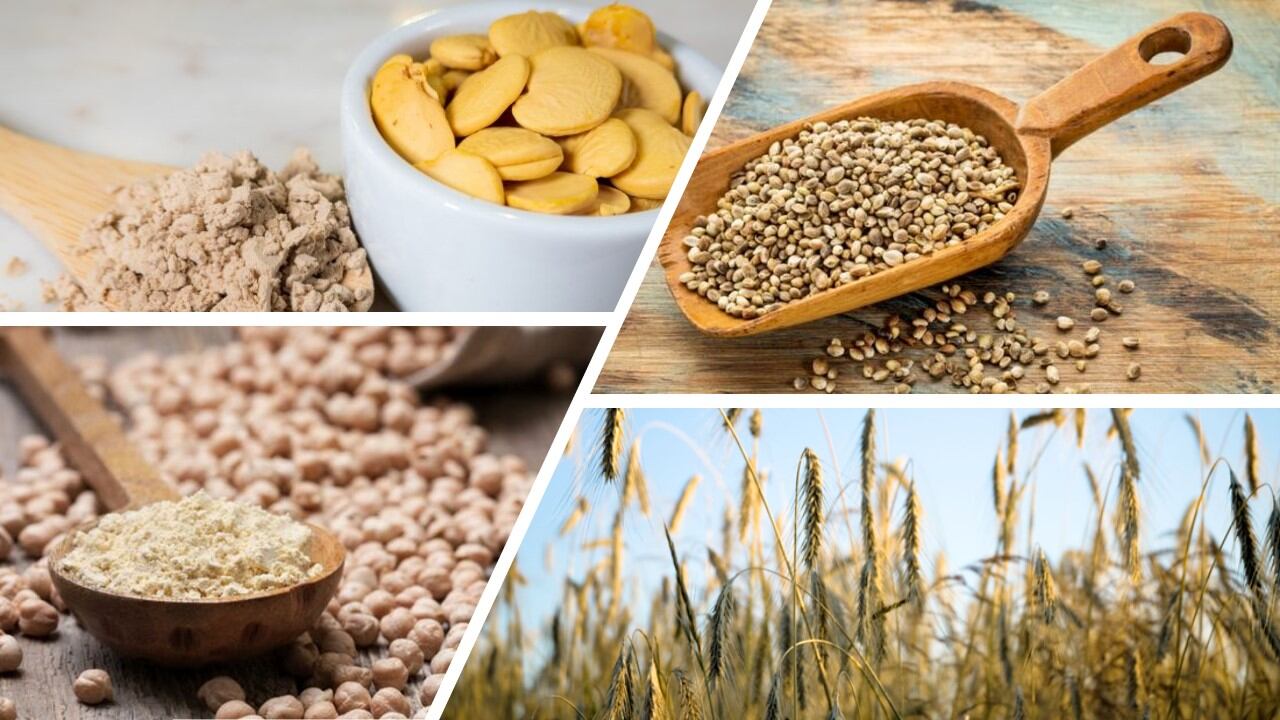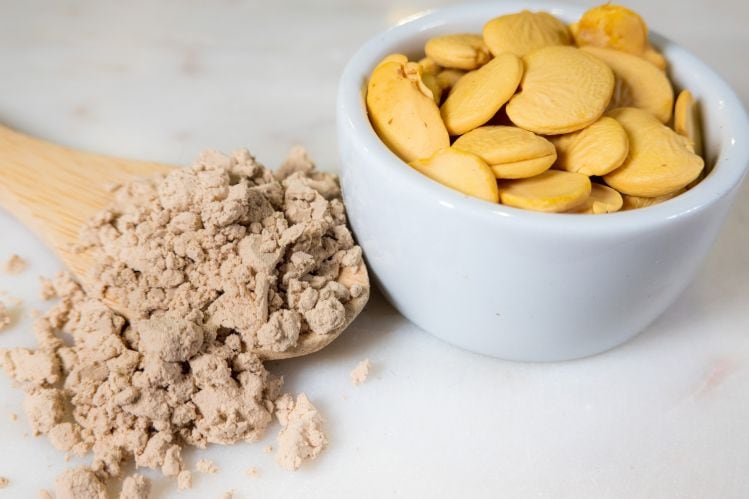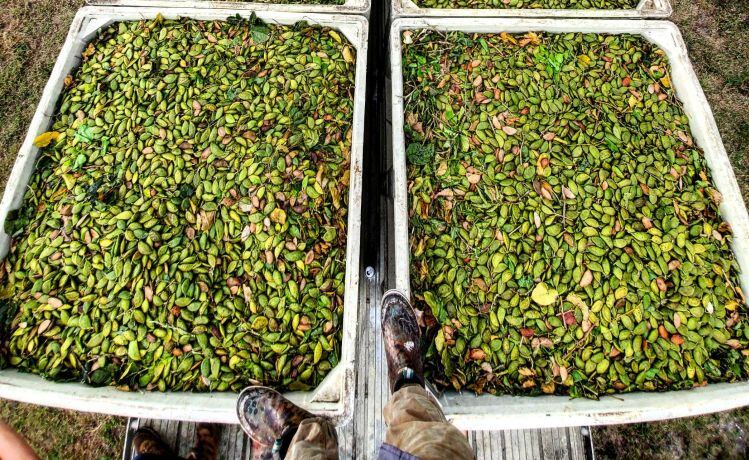A mid-oleic oil from the beans of the pongamia tree, Ponova oil has a golden color and buttery flavor with nutty notes, a slow melting curve, and a high smoke point (437 degrees Fahrenheit), and can be used as a cooking oil or an ingredient in prepared foods from meat and dairy substitutes to vegan mayo, spreads, baked goods and more, said Terviva.
The oil is semi-solid in the fridge and “similar to other vegetable oils such as canola and sunflower," explained the firm, which says it will provide more details about its manufacturing set-up shortly.
The oil is semi-solid in the fridge and “similar to other vegetable oils such as canola and sunflower," said the firm, which is currently sourcing pongamia beans from India as it builds up a domestic network of growers in Hawaii and Florida.
“In dairy alternatives, Ponova oil brings a full-bodied texture and mouthfeel and performs like animal fat with improved textures and mouthfeel in plant-based applications. It can improve plant-based butters and the fatty mouthfeel and juiciness of plant-based burgers.”
Retail product also in the cards
Speaking to FoodNavigator-USA at the Expo West trade show earlier this year, Chris Quevedo, head of enterprise sales, told us: “The oil cooks beautifully and imparts a buttery flavor and body and if you substitute it for sunflower oil in dairy alternatives, you get a more dairy-like experience. It’s got a similar profile to poultry fat, so it works particularly well in plant-based chicken.”
Asked about pricing, the firm told FoodNavigator-USA: “Our intention is to price the oil very competitively while accounting for the sustainability and inherent physical and functional characteristics of the oil."
It is also in discussions about a retail product: "We are in discussions with multiple partners. Whether something would be done under the Terviva name or not, it is too early to tell."
Pongamia protein and flour
Asked about other ingredients from pongamia beans, the firm told us: "We are moving forward with both flour and protein as standalone ingredients and have provided samples of both to a broad array of potential partners, and have been getting positive feedback consistently. The development timelines, including for GRAS, are on a different track for flour and protein vs. our first product, Ponova oil."
Pongamia (Ponova) protein isolates are garnering interest because of their neutral taste, attractive PDCAAS score (.85) vs some other plant proteins, and high solubility, claimed Quevedo, who said application work is progressing in a variety of areas from nutrition bars, beverages and shakes to plant-based cheeses, yogurts and meat alternatives.
“After the oil is pressed out of the beans what's left like this kind of cake, almost like a crude soy flour, which is upgraded into flour, and then from that we can make concentrated protein ingredients.
“The flour that we take off the pongamia beans is 35-40% protein and the proteins are intact, which provides great functionality, and we can then extract protein isolates.”
While there’s a growing number of options in the plant-based protein market today, Ponova protein has several attributes that are exciting formulators, he said: “The solubility, the emulsification and the neutral taste. It really has an excellent flavor compared to other plant-based proteins, and what formulators love is that it doesn't require other components to help mask the off tastes.”
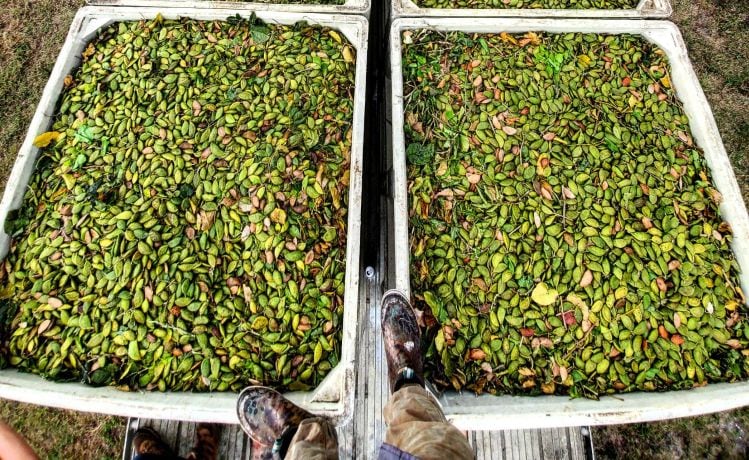
Vertical soy?
Pongamia trees – sometimes referred to as ‘vertical soy’ as they produce seeds with high levels of protein and oil – have not historically been used as a food crop owing to anti-nutritional factors.
However, Terviva has developed proprietary techniques that remove anti-nutritional components during processing, opening up new food and beverage market opportunities for the “incredibly robust” nitrogen-fixing crop, which requires minimal inputs, Astwood told FoodNavigator-USA in a recent interview.
“It's a leguminous tree, so it fixes nitrogen and does well in poor soils without fertilizers. Plus, it’s drought tolerant and flood tolerant, our head of agronomy refers to it as ‘jungle tough.’ It's a remarkable tree.”
As for yields, pongamia trees produce significantly more biomass per acre than soybeans with a fraction of the water, fertilizer, and pesticides, according to founder and CEO Naveen Sikka.
On idle agricultural land, an orchard of pongamia trees captures 115 metric tons of carbon per acre over 30 years, putting it among the most sustainable sources of edible oil and plant protein, claimed Sikka, who founded Terviva in 2010 with Maggie Kavalaris, Anne Slaughter, and Joe Andrew.
Sourcing and capacity
While Terviva is currently sourcing pongamia beans from India as it builds up a domestic network of growers, it has built an IP platform around high-yielding pongamia trees coupled with propagation techniques that deliver scalable, consistent crops in a variety of locations including Florida (where it partners with fruit growers devastated by citrus greening disease) and Hawaii (on land previously dedicated to sugarcane), said Sikka.
“In India the trees are grown with no fertilizer, no extra water, so they are actually zero input. When we grow the trees in more traditional agriculture settings in Florida and Hawaii, we try to do the same thing, and importantly, we spray no chemicals on these trees, but we add a little supplemental fertilizer.
"We have close to 1,500 acres planted right now in that 2-4-year stage of life [it takes around four years before the trees start producing beans for harvesting].
“We're all about decarbonizing food and agriculture, about making climate resilient food ingredients, helping communities that have poor quality land.”
Regulatory status
From a regulatory perspective, Terviva is putting together GRAS determinations for its ingredients to access the US market, and is working through the relevant regulatory frameworks in several other markets, said Astwood.
"We are in good shape and have already published the core safety elements of the assessment food and chemical toxicology."
EDITOR’S NOTE: Terviva and Ciranda representatives will be available in booth #1928 (Ciranda) and #1775 (Terviva) to sample Ponova oil at the Supply Side West trade show November 2-3 in Las Vegas.
